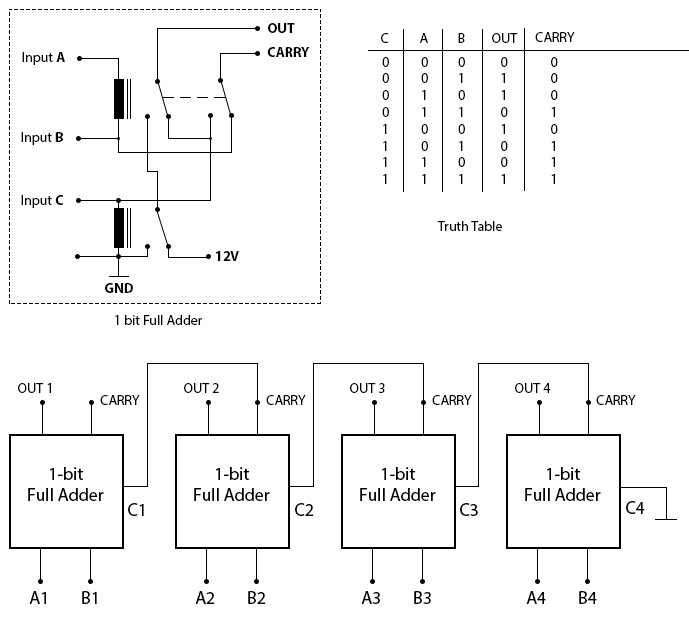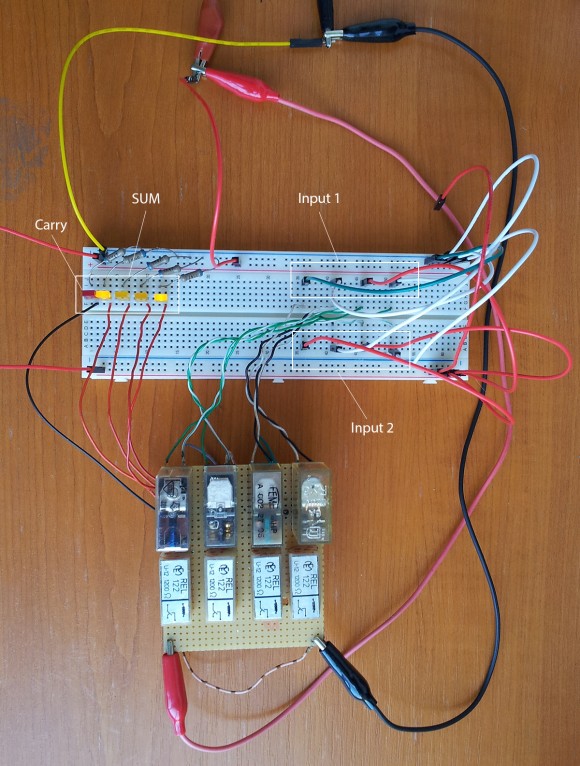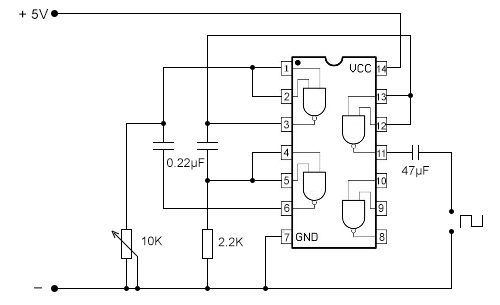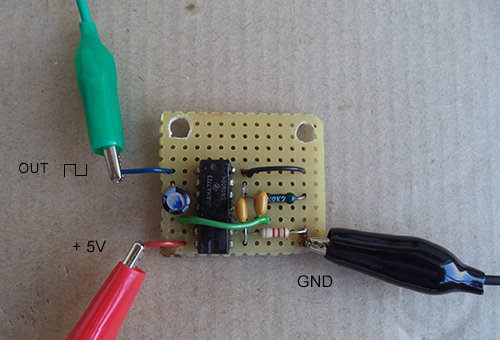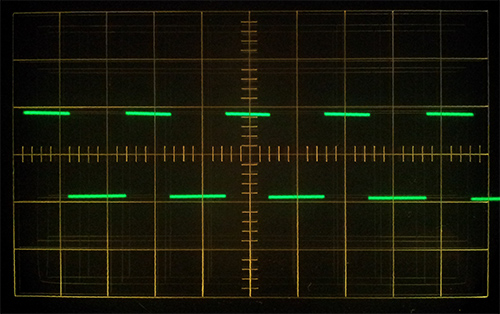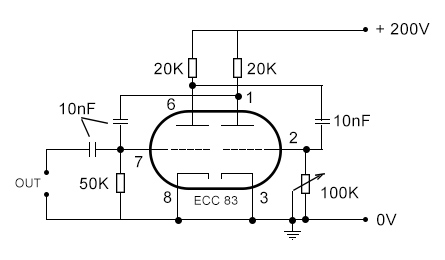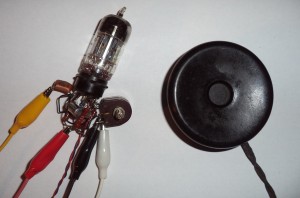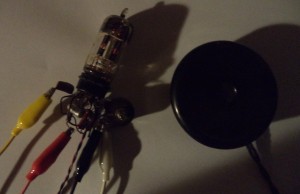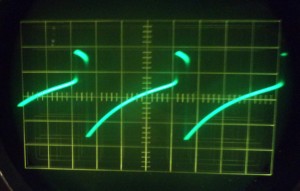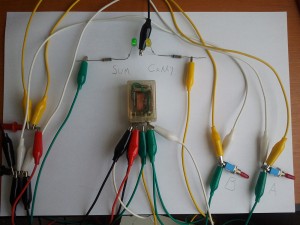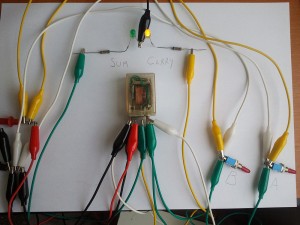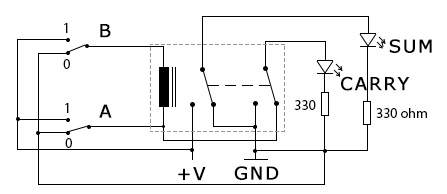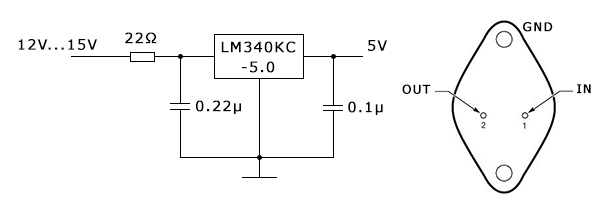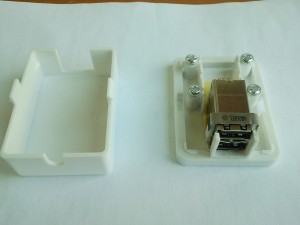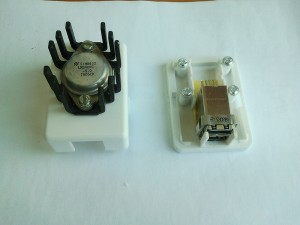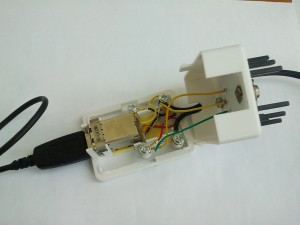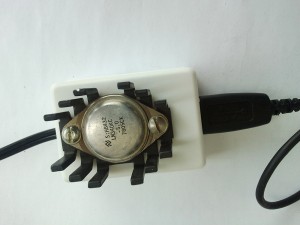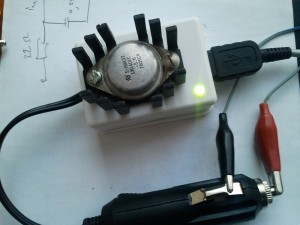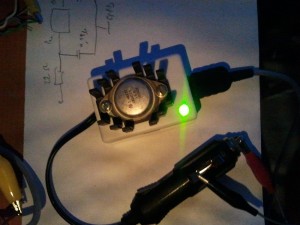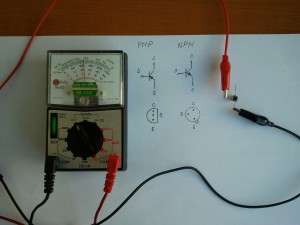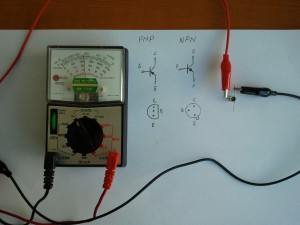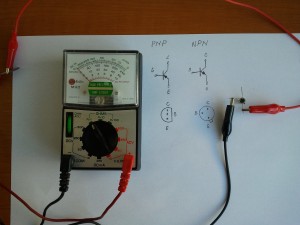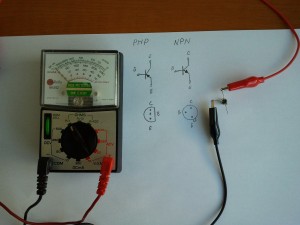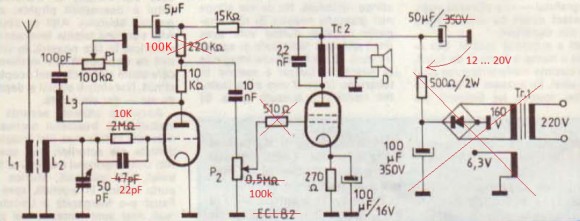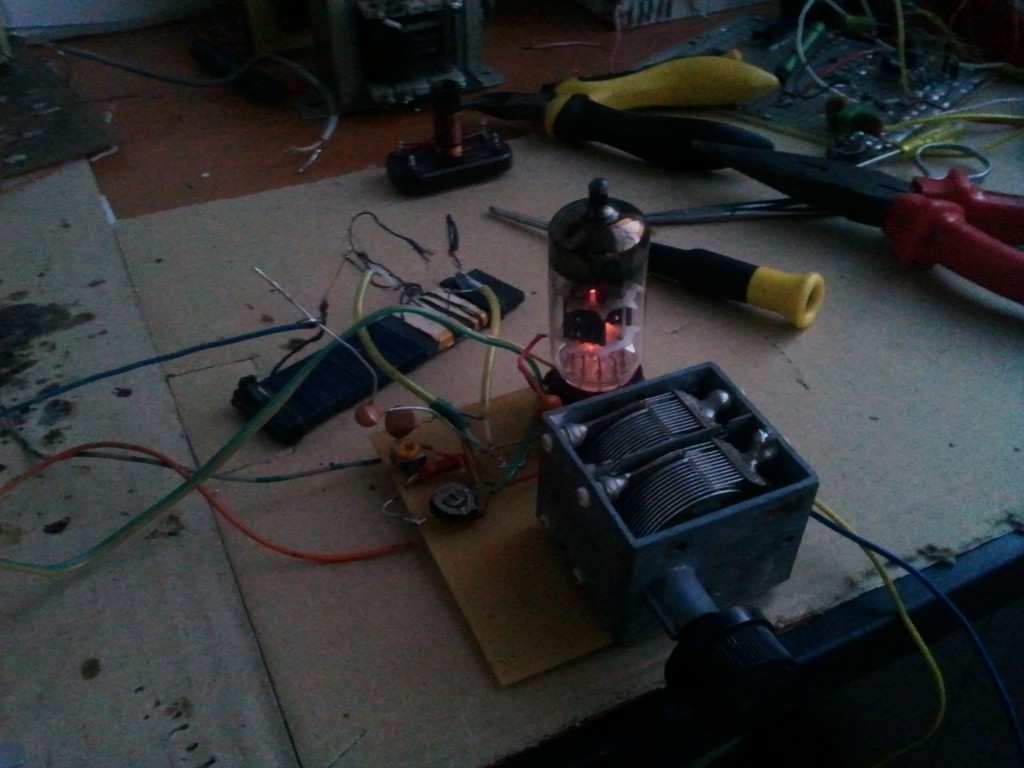Update! Scroll to updated code.
Add a slides counter ( current/total ) to bxSlider carousels, using bxSlider callbacks and methods.
You just have to add an html element ( ex. ‘<div id=”slide-counter”></div>’ ), where to show the numbers, and the code below will do the rest.
function insertCount(slide_curr,slide_count){
$('#slide-counter').html('<strong>'+ (slide_curr + 1) +'</strong>/'+ slide_count);
};
var slider = $('#slideshow').bxSlider({
auto: true,
pager: false,
onSliderLoad: function (){
var slide_count = slider.getSlideCount();
var slide_curr = slider.getCurrentSlide();
insertCount(slide_curr,slide_count);
},
onSlideNext: function (){
var slide_count = slider.getSlideCount();
var slide_curr = slider.getCurrentSlide();
insertCount(slide_curr,slide_count);
},
onSlidePrev: function (){
var slide_count = slider.getSlideCount();
var slide_curr = slider.getCurrentSlide();
insertCount(slide_curr,slide_count);
}
});
Because ‘onSlideNext’ and ‘onSlidePrev’ callbacks are executed only before each “Next” or “Prev” slide transition, if you want to use a ‘pager’ for navigating through slides, you’ll need to use the ‘onSlideAfter’ callback.
function insertCount(slide_curr,slide_count){
$('#slide-counter').html('<strong>'+ (slide_curr + 1) +'</strong>/'+ slide_count);
};
var slider = $('#slideshow').bxSlider({
auto: true,
pager: false,
onSliderLoad: function (){
var slide_count = slider.getSlideCount();
var slide_curr = slider.getCurrentSlide();
insertCount(slide_curr,slide_count);
},
onSlideAfter: function (){
var slide_count = slider.getSlideCount();
var slide_curr = slider.getCurrentSlide();
insertCount(slide_curr,slide_count);
}
});
Here you can find a demo.
Updated code, and demo with the latest BxSlider version.
The old code with the 4.1.2 bxSlider version, throws an error if the “getSlideCount()” public method is called in a callback fuction.
$('#slide-counter').prepend('<strong class="current-index"></strong>/');
var slider = $('#slideshow').bxSlider({
auto: true,
onSliderLoad: function (currentIndex){
$('#slide-counter .current-index').text(currentIndex + 1);
},
onSlideBefore: function ($slideElement, oldIndex, newIndex){
$('#slide-counter .current-index').text(newIndex + 1);
}
});
$('#slide-counter').append(slider.getSlideCount());
Updated demo
